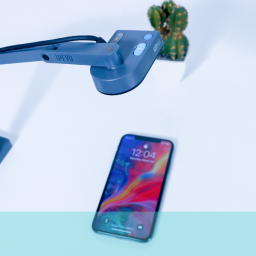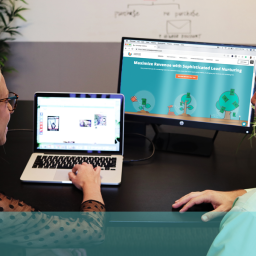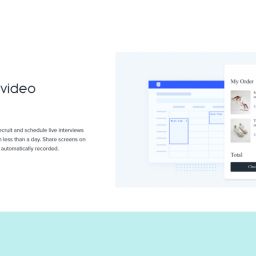
Increasing Conversions on your Site
Whichever way you cut it and regardless of what secondary objectives your website serves, the bottom line for most people is sales. There are many ways of achieving this and lots of variant opinions on what is the best method – hard v soft sell, information v promotion, words v images and so on. We probably all have our own ideas and favoured methods – but the proof of the pudding is: how many sales do you generate?
There are various ways of measuring sales from websites: web analytics; on-site feedback; mouse-tracking software; session replay software: journey tracking, questionnaires and direct research. But these don’t necessarily tell the whole story; how can they when the story can be a very complex interaction of activity, desire, motivation, attitude, psychology and perception (not to mention several other factors that could, potentially, come into play).
The best way to make sure that you pick up on these other factors and how they affect sales conversion on your site is through usability testing. Usability testing can help you identify:
- Glitches in your user journey from splash page to checkout which might be compromising sales conversion.
- Problems in the checkout process itself – a common place where sales are lost.
- Difficulties in navigation around or comprehension of parts of the site that are preventing customers from finding what they want.
- Parts of the site that give users what they want, progressing them to conversion versus parts of the site that are acting as obstacles to conversion.
- Devices and images that are powerful promotion and conversion tools.
- Where product descriptions, instructions or images are working and where they are not.
- What elements of the site – e.g. service and delivery guarantees, price comparison, product reviews etc. work towards conversion and where they might, perhaps, hinder it.
- Where the adaptation of your site to different platforms and formats affects the conversion process.
- These are just some of the more obvious that could be addressed. The beauty of usability testing is that it often throws up factors that you hadn’t even thought of. For example; one company thought enabling Facebook login would increase their sales. Usability research revealed the opposite. There was no apparent reason for it; it just didn’t work.
Another piece of research revealed that static images worked better than video in converting to sales for an organisation. This was probably linked to a reluctance to sit through the video presentation and might have been peculiar to the company but it illustrates that you can’t take accepted practice for granted.
Different rules apply to different sites and audiences and you can’t find out about yours without properly testing your assumptions.
If you would like to find out more about how to test if your online conversion is all that it should be, why not give us a ring on +44(0)800 0246 24 or email us at hello@ux247.com for a brief discussion on how usability testing can help.

















